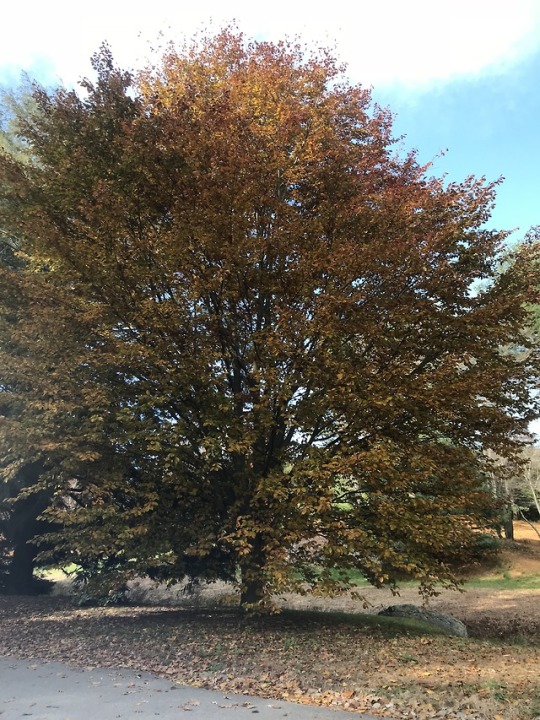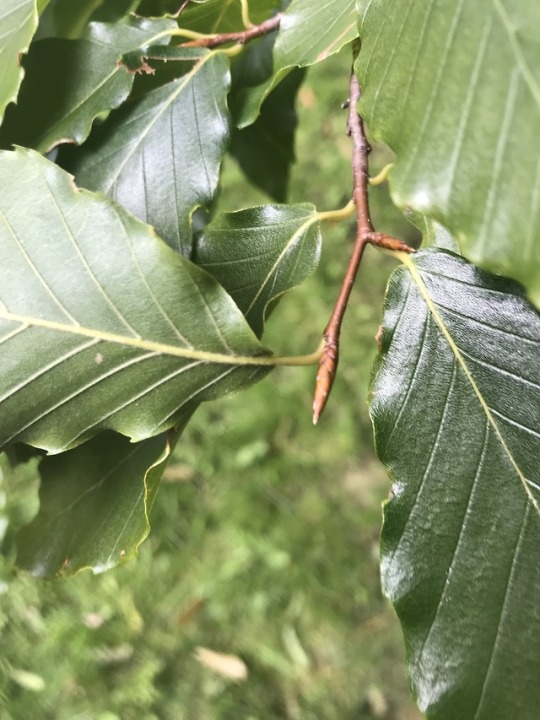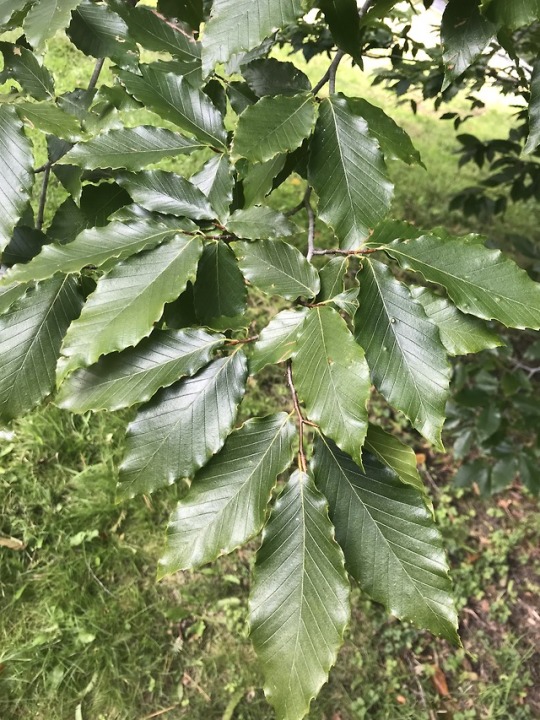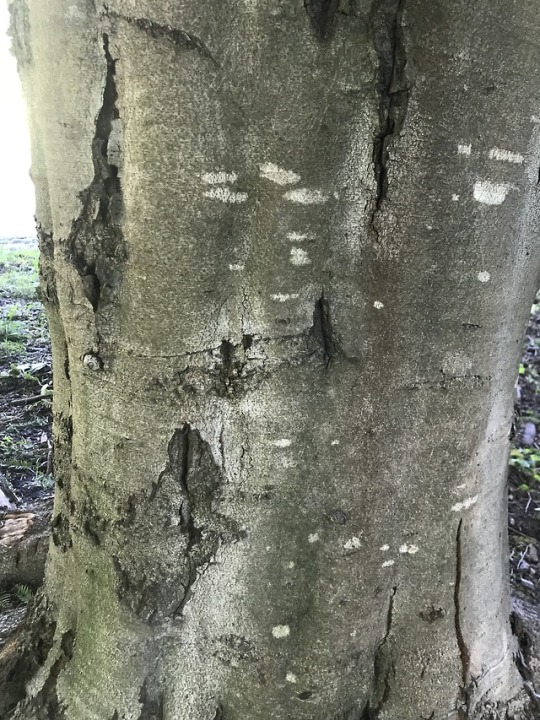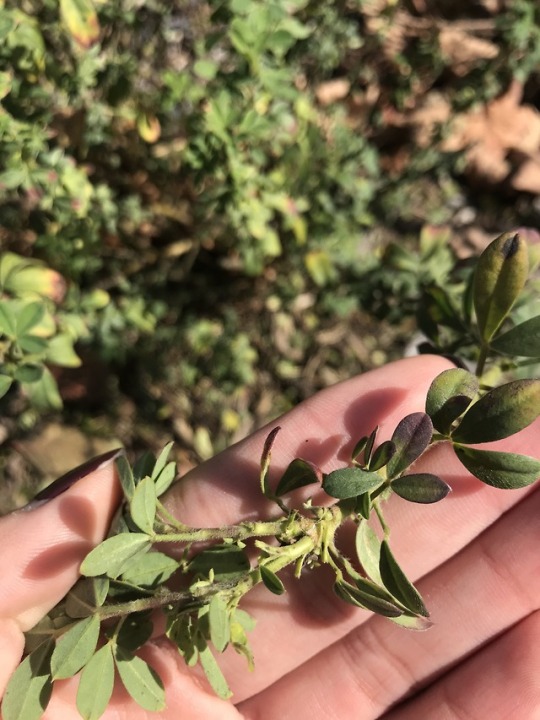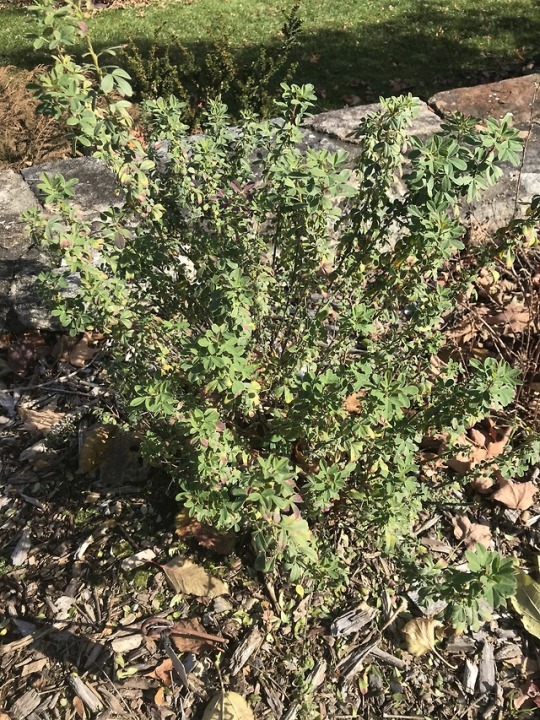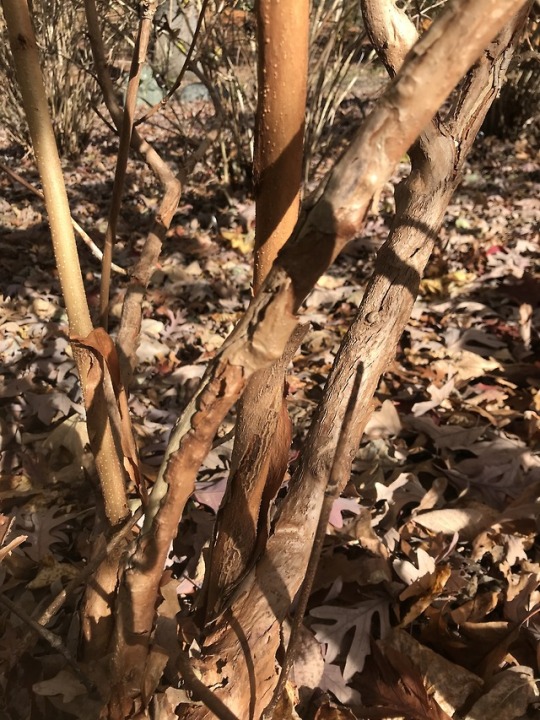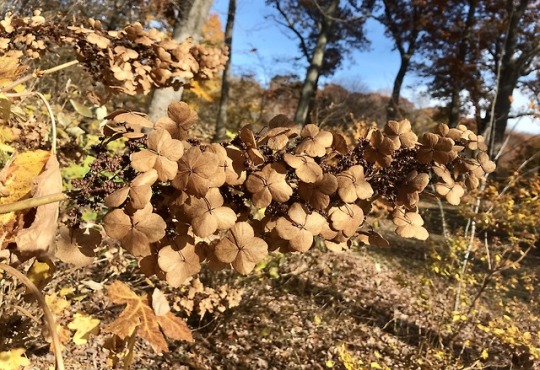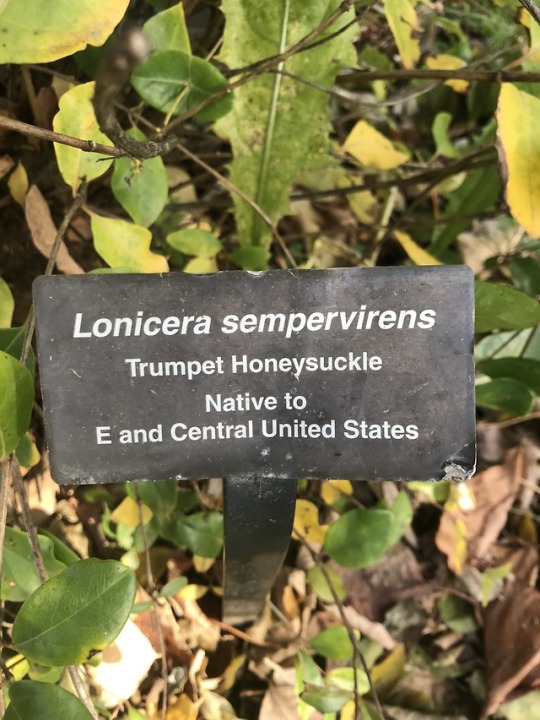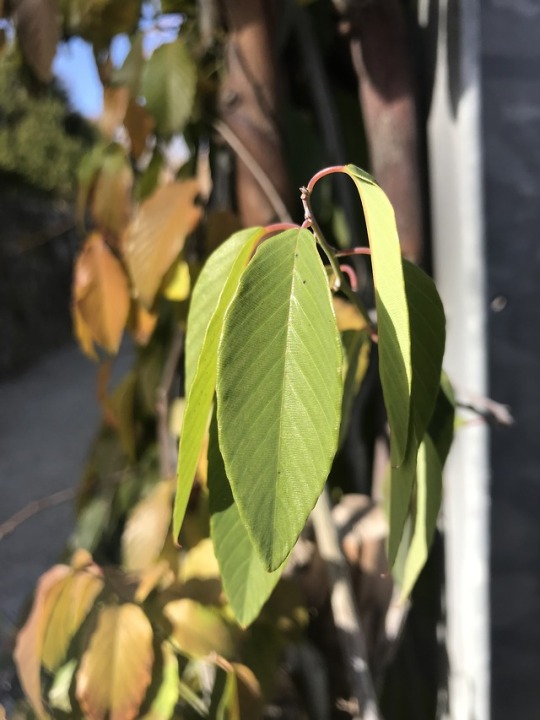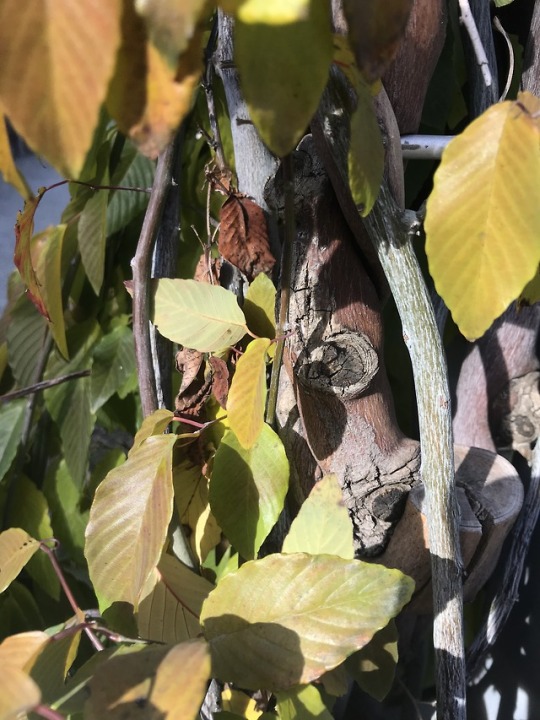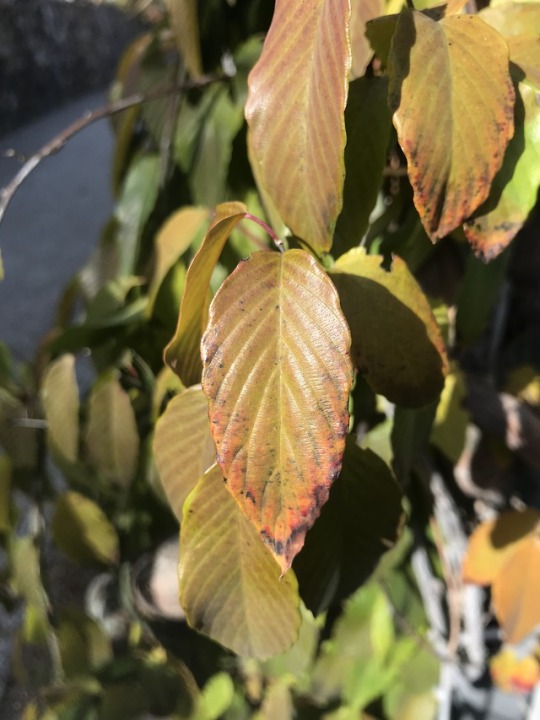Photo

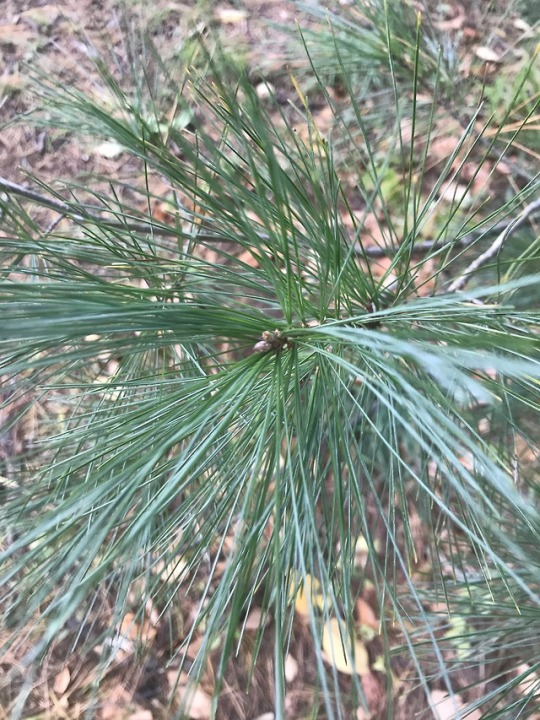




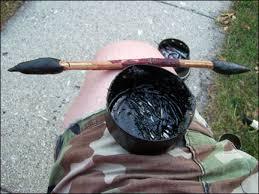
Common Name: White Pine
Scientific Name: Pinus strobus
Native Region/Country: Eastern North America
Habitat/Preferred Growing Conditions: Woods, especially on sandy drift soils or fertile well-drained soils, sometimes on river banks and rarely in swamps. Often forming dense forests
Plant Community: Old Field
Mature Size: 50-80′ tall, 20-40′ spread
Hardiness Zone: 3-7
Leaf Color: green
Flower: none
Use in Consumer Products:A tan or green dye is obtained from the needles. Turpentine has a wide range of uses including as a solvent for waxes etc, for making varnish, medicinal etc. Rosin is the substance left after turpentine is removed. This is used by violinists on their bows and also in making sealing wax, varnish etc. Pitch can also be obtained from the resin and is used for waterproofing canoes, containers etc, as a wood preservative etc.A very valuable timber, the wood is especially suited for making the masts of ships and is also used for lumber, cheap furniture, house interiors, construction etc.
How to Make Pitch: https://www.youtube.com/watch?v=9-5E_aGFmW0
Sources:
pfaf.org
gobotany.newenglandwild.org
missouribotanical.org
wildflower.org
0 notes
Photo




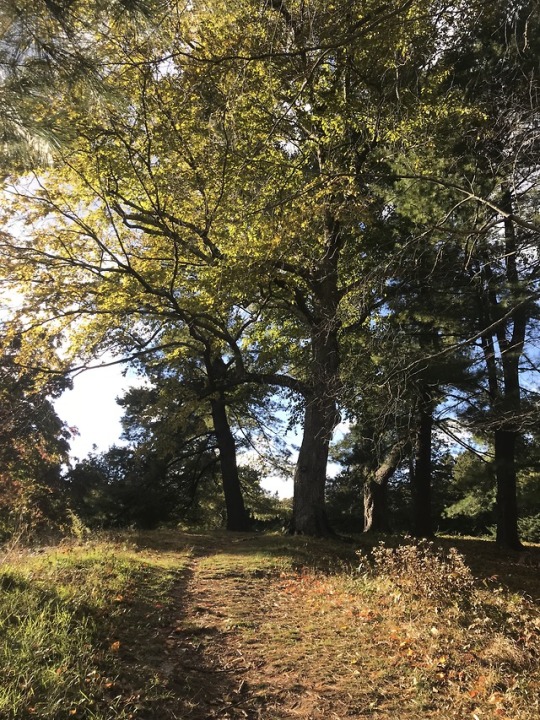
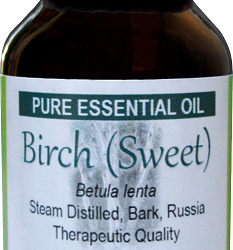

Common Name: Sweet Birch
Scientific Name: Betula lenta
Native Region/Country: Eastern North America
Habitat/Preferred Growing Conditions: Rich woodlands, preferring north-facing slopes and moist soils. It is also found on rocky soils.
Mature Size: 40 to 50 feet tall, 35 to 45 feet′ spread
Hardiness Zone: 3-7
Leaf Color: green
Flower: yellow brown and green
Use in Consumer Products: Sap can be collected from the tree and made into and concentrated to make into a sweet drink. Native Americans used a bark decoction of gray birch on swollen or infected cuts. The wood can be used in small specialty items. Birch veneer is also used for doors, furniture, and paneling. Its bark is used in crafting and ornamentation. It is also used as a fuel. It splits easily and gives off considerable heat even when green, but tends to quickly coat chimneys with a layer of tar. Sweet birch oil is used as an astringent and toner for the skin.
Sources:
pfaf.org
gobotany.newenglandwild.org
missouribotanical.org
wildflower.org
0 notes
Photo


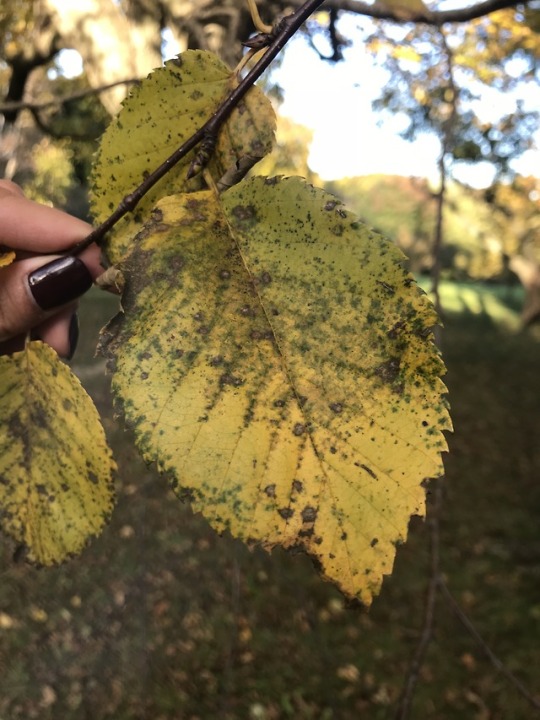





Common Name: Yellow Birch
Scientific Name: Betula alleghnaniensis
Native Region/Country: North America
Habitat/Preferred Growing Conditions: Usually found in moist well-drained soils in rich woodlands on lower slopes, it is also found in cool marshlands in the south of its range
Plant Community: Red Maple Swamp
Mature Size: 70.00 to 100.00 feet tall, 25.00 to 50.00 feet′ spread
Hardiness Zone: 3-7
Leaf Color: green
Flower: yellow brown and green
Use in Consumer Products: Sap can be collected from the tree and made into and concentrated to make into a sweet drink. Native Americans used a bark decoction of gray birch on swollen or infected cuts. The wood can be used in small specialty items. Birch veneer is also used for doors, furniture, and paneling. Its bark is used in crafting and ornamentation. This outer bark used to make drinking vessels, canoe skins, roofing tiles, buckets, etc. This material was very widely used by various native North American Indian tribes, it is waterproof, durable, tough and resinous.It is also used as a fuel. It splits easily and gives off considerable heat even when green, but tends to quickly coat chimneys with a layer of tar.
Sources:
pfaf.org
gobotany.newenglandwild.org
missouribotanical.org
wildflower.org
0 notes
Photo

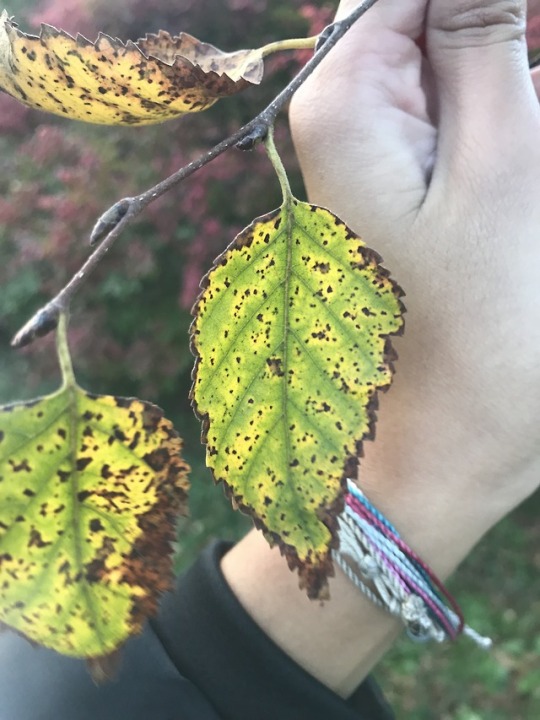
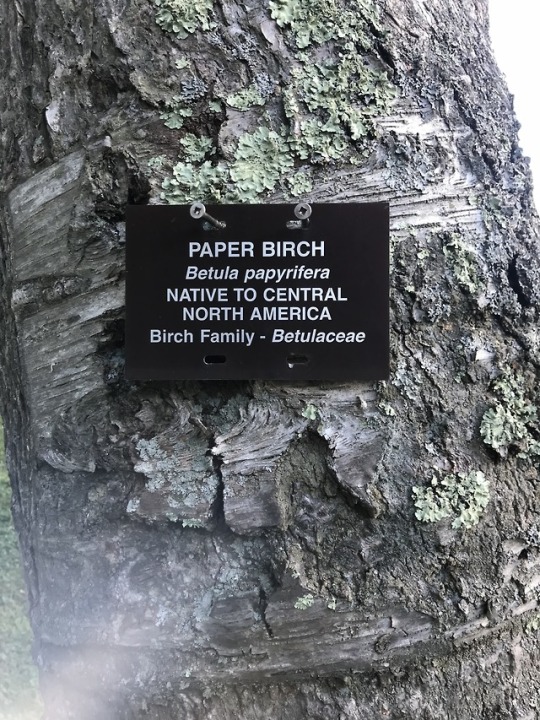

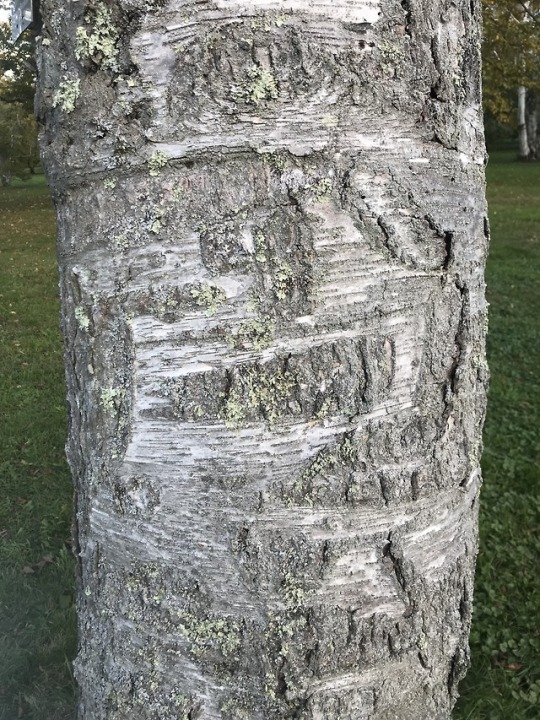


Common Name: Paper Birch
Scientific Name: Betula papyrifera
Native Region/Country: North America
Habitat/Preferred Growing Conditions: Woods, usually on slopes, edges of ponds, streams and swamps etc. Found in a wide range of soil conditions, but the best specimens are found in well-drained sandy-loam soils
Plant Community: Northern Hardwood Forest
Mature Size: 50.00 to 70.00 feet tall, 25.00 to 50.00 feet′ spread
Hardiness Zone: 2-6
Leaf Color: green
Flower: yellow brown and green
Use in Consumer Products: Sap can be collected from the tree and made into and concentrated to make into a sweet drink. Native Americans used a bark decoction of gray birch on swollen or infected cuts. The wood can be used in small specialty items. Birch veneer is also used for doors, furniture, and paneling. Its bark is used in crafting and ornamentation. This outer bark used to make drinking vessels, canoe skins, roofing tiles, buckets, etc. This material was very widely used by various native North American Indian tribes, it is waterproof, durable, tough and resinous.It is also used as a fuel. It splits easily and gives off considerable heat even when green, but tends to quickly coat chimneys with a layer of tar. An infusion of the leaves is used as a hair shampoo, it is effective against dandruff.
Modern Birch Bark Canoe Process: https://www.youtube.com/watch?v=k2leKfPyBbU
Sources:
pfaf.org
gobotany.newenglandwild.org
missouribotanical.org
wildflower.org
plants.usda.gov
wood-database.com
0 notes
Photo

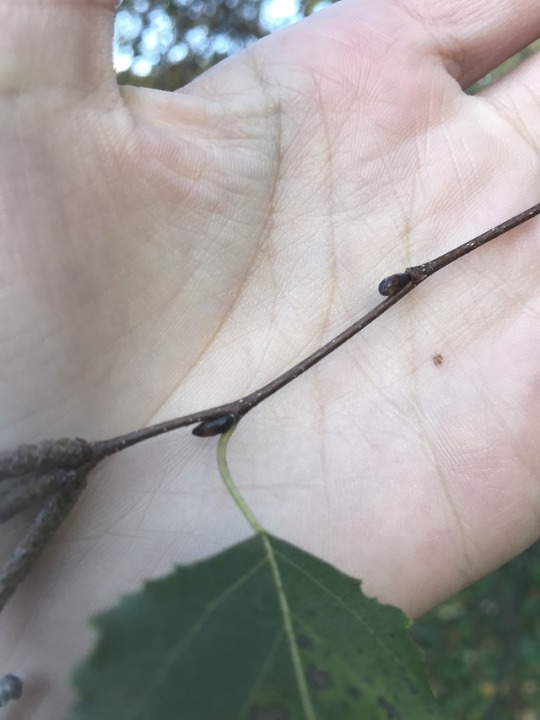



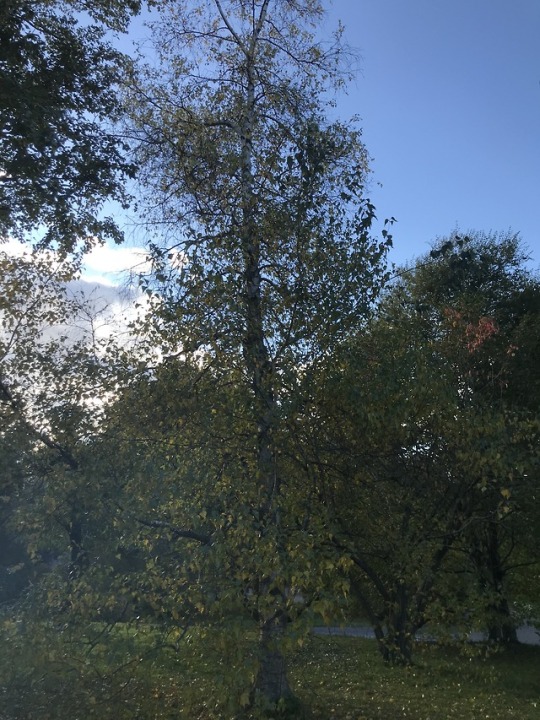


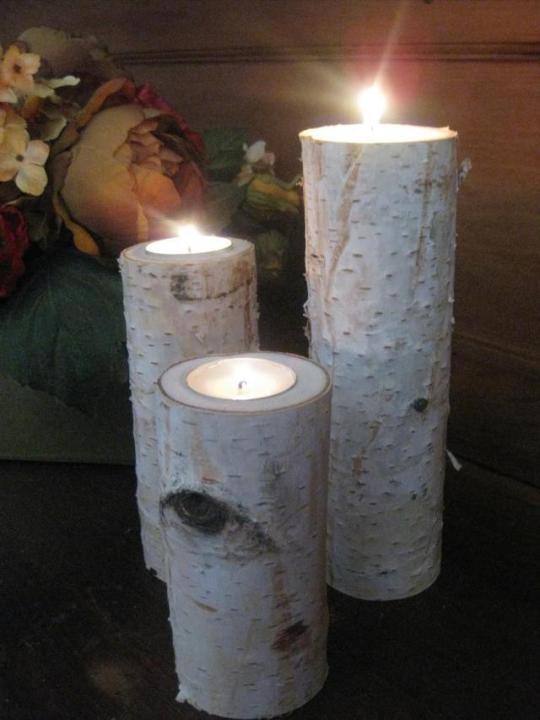

Common Name: Gray Birch
Scientific Name: Betula populifolia
Native Region/Country: Eastern North America
Habitat/Preferred Growing Conditions: Found on the margins of swamps and ponds, it also commonly grows in dry sandy or gravelly barren soils, growing well in poor almost sterile soils
Plant Community: Northern Hardwood Forest
Mature Size: 20.00 to 40.00 feet tall,10.00 to 20.00 feet′ spread
Hardiness Zone: 3-6
Leaf Color: green
Flower: yellow brown and green
Use in Consumer Products: Sap can be collected from the tree and made into and concentrated to make into a sweet drink. Native Americans used a bark decoction of gray birch on swollen or infected cuts. The wood can be used in small specialty items. Birch veneer is also used for doors, furniture, and paneling. Its bark is used in crafting and ornamentation.
Sources:
pfaf.org
gobotany.newenglandwild.org
missouribotanical.org
wildflower.org
plants.usda.gov
wood-database.com
0 notes
Photo
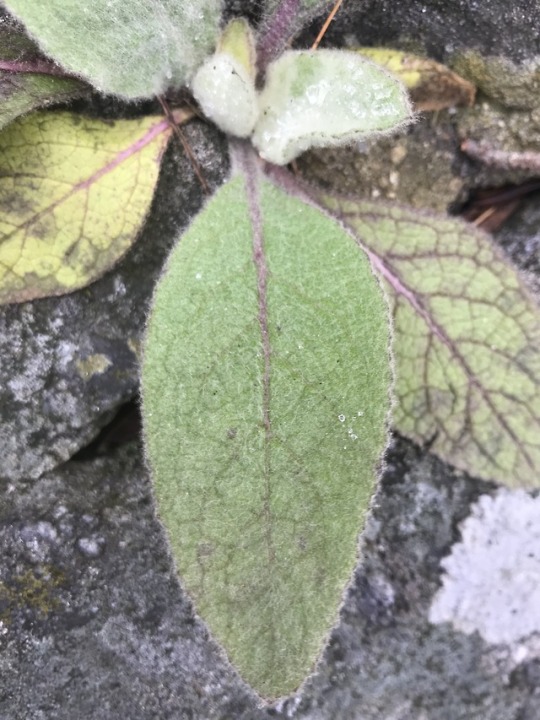
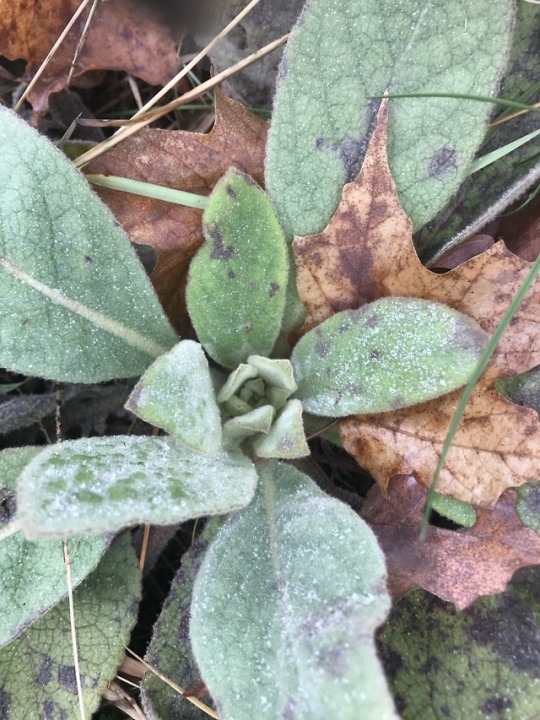


Common Name: Lambs ear
Scientific Name: Stachys byzantina
Native Region/Country: Iran, Kyrm, Turkey
Habitat/Preferred Growing Conditions: dry poor soils, areas with full sun or partial shade,
Mature Size: 0.75 to 1.50 feet tall,1.00 to 1.50 feet′ spread
Hardiness Zone: 4-8
Leaf Color: green
Flower: purplish pink
Use in Consumer Products: the soft, fuzzy leaves are absorbent and can be used as a bandage. A tea can be made from dried leaves. In can be used in pot pourri, and gives off a fruity smell. In emergency situations this plant could be used as toilet paper.
Video describing uses: https://youtu.be/2BDmL4c2AMs
Sources:
pfaf.org
gobotany.newenglandwild.org
missouribotanical.org
0 notes
Photo


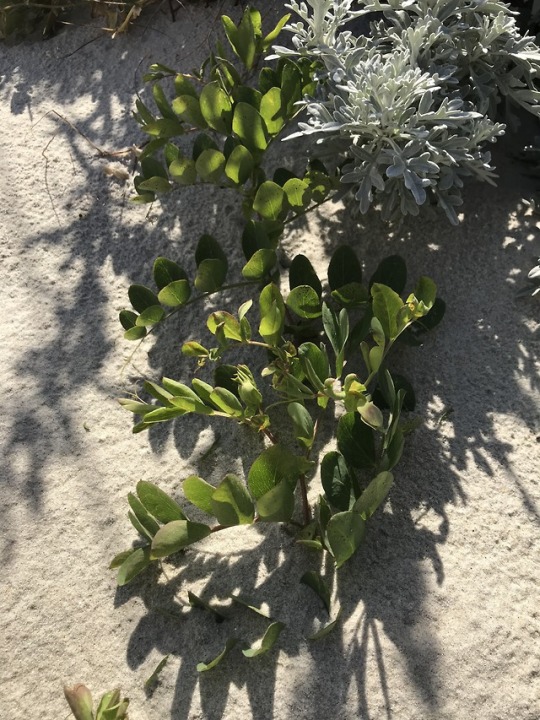
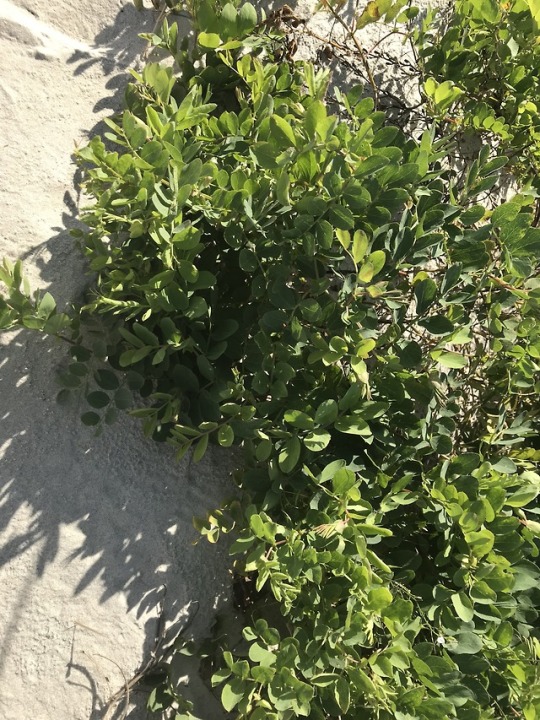

Common Name: Beach Pea
Scientific Name: Lathyrus japonicus
Native Region/Country: Northeastern Coastal North America, Great Lakes, Pacific Coast of Canada and US
Habitat/Preferred Growing Conditions: Beaches and gravelly areas.
Plant Community: New England Barrier Beach
Mature Size: 1-1.5′ tall, 2-5′ spread
Hardiness Zone: 3-7
Leaf Color: green
Flower: pink, purple
Use in Consumer Products: The young plant can be eaten raw or cooked. The peas can be used in used in salads.
Sources:
pfaf.org
gobotany.newenglandwild.org
missouribotanical.org
wildflower.org
0 notes
Photo


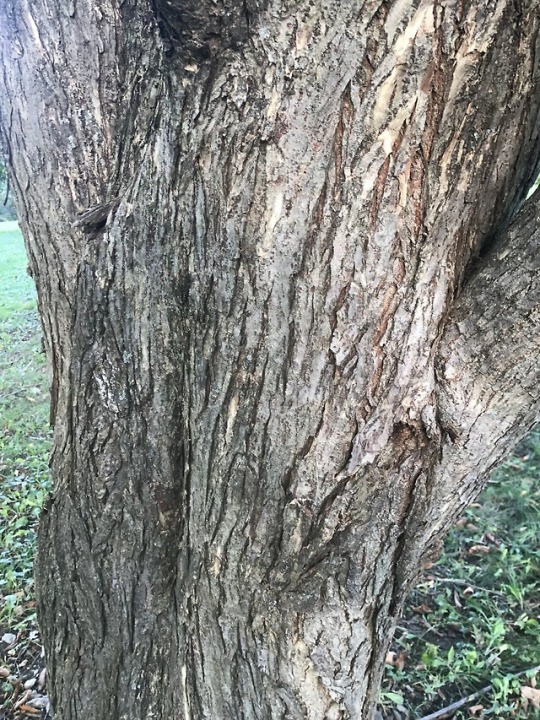
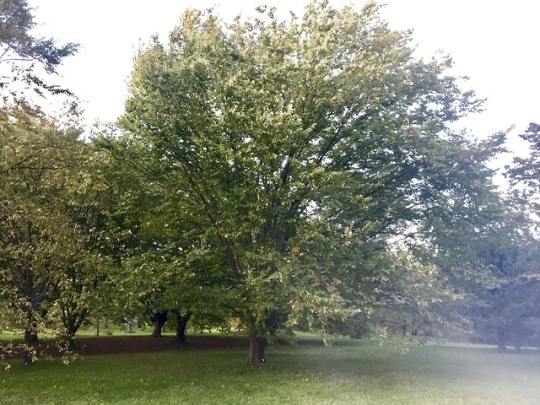

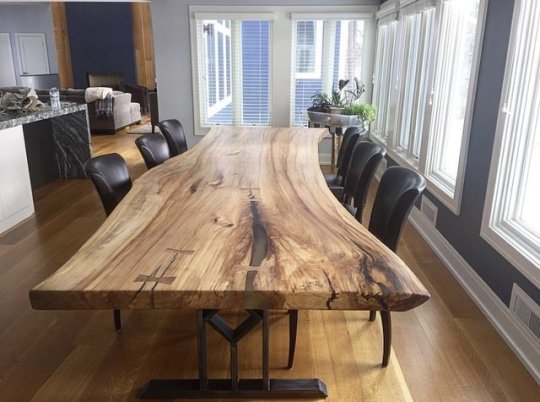
Common Name: American Elm
Scientific Name: Ulmus americana
Native Region/Country: Eastern North America
Habitat/Preferred Growing Conditions: Rich soils, especially by streams and in lowlands. Found on a range of soil types, from acidic to mildly alkaline
Plant Community: Red Maple Swamp
Mature Size: 60-80′ tall, 40-70′ spread
Hardiness Zone: 2-9
Leaf Color: green
Flower: reddish-green
Use in Consumer Products: Leaves can be eaten cooked or raw. The inner bark can be used to make a coffee-like drink. The bark is used in making paper and ropes. The inner bark is very fibrous and used for string and rope. Wood can be used for flooring, boxes, hockey sticks, wheel hubs, cooperage, and agricultural implements.
American Elm in Boston Common: tweet https://twitter.com/FOPG/status/896733253687816192/photo/1?ref_src=twsrc%5Etfw%7Ctwcamp%5Etweetembed%7Ctwterm%5E896733253687816192&ref_url=https%3A%2F%2Fwww.universalhub.com%2Fquestions%2F2017%2Foddly-cut-tree-boston-common
Sources:
pfaf.org
gobotany.newenglandwild.org
missouribotanical.org
wildflower.org
https://www.wood-database.com/american-elm/
0 notes
Photo
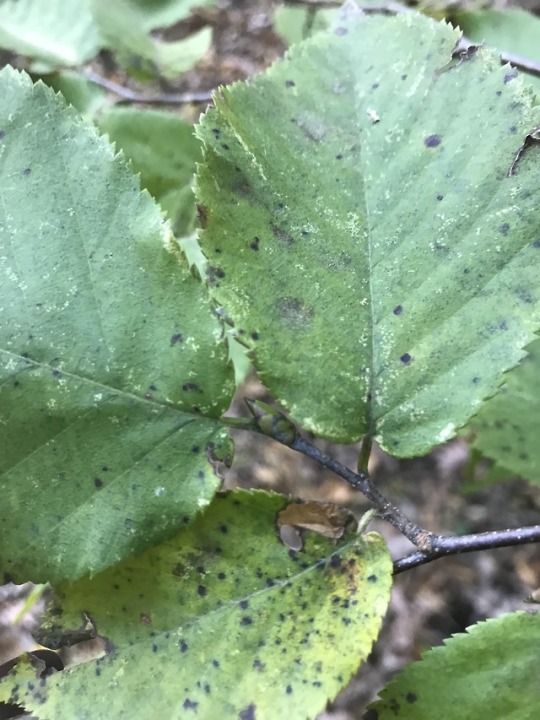

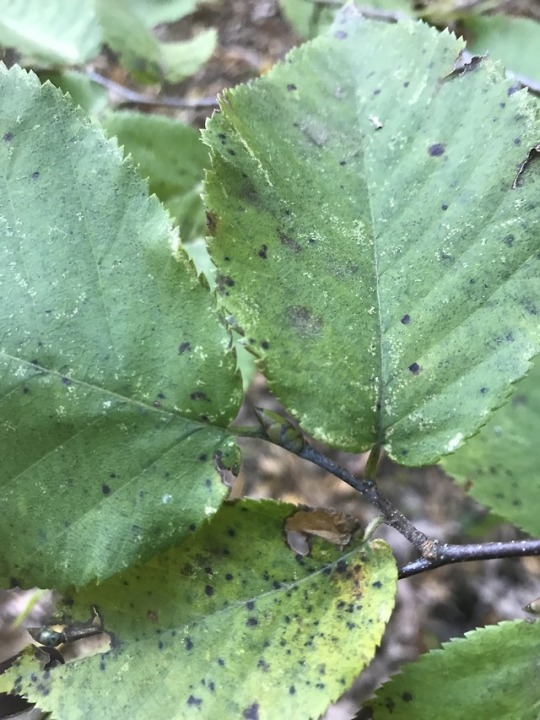

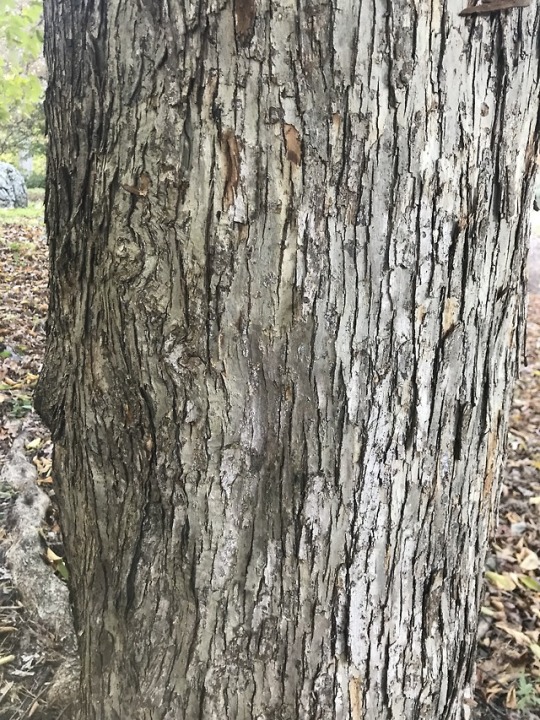



Common Name: Eastern Hornbeam, Ironwood
Scientific Name: Ostrya virginiana
Native Region/Country: Eastern North America
Habitat/Preferred Growing Conditions:Rich moist woods, it is also found on dry gravelly slopes and ridges, often in the shade of oaks and other large trees
Mature Size: 25-40′ tall, 20-30′ spread
Hardiness Zone: 3-9
Leaf Color: green
Flower: red brown (male), light green (female)
Use in Consumer Products: The wood is of a very high quality but the tree is not large enough to be used commercially. It is used locally for posts, mallets, tool handles and applications where resistance to wear is essential. A very good fuel, though it is almost impossible to split.
Sources:
pfaf.org
gobotany.newenglandwild.org
missouribotanical.org
wildflower.org
0 notes
Photo



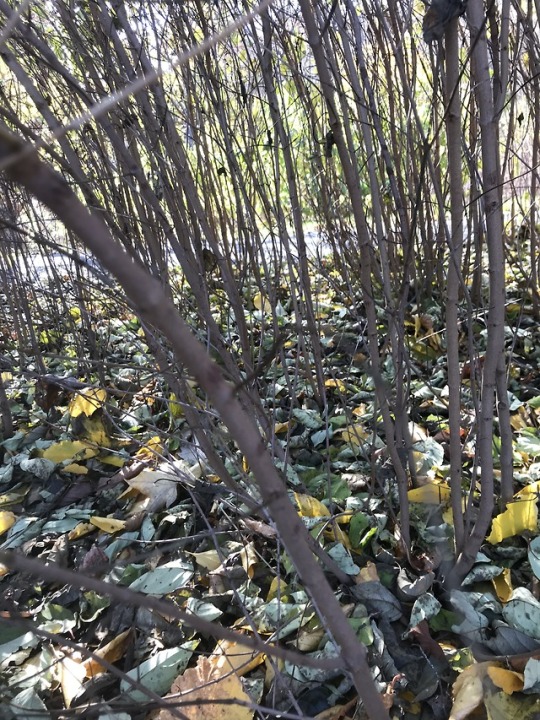
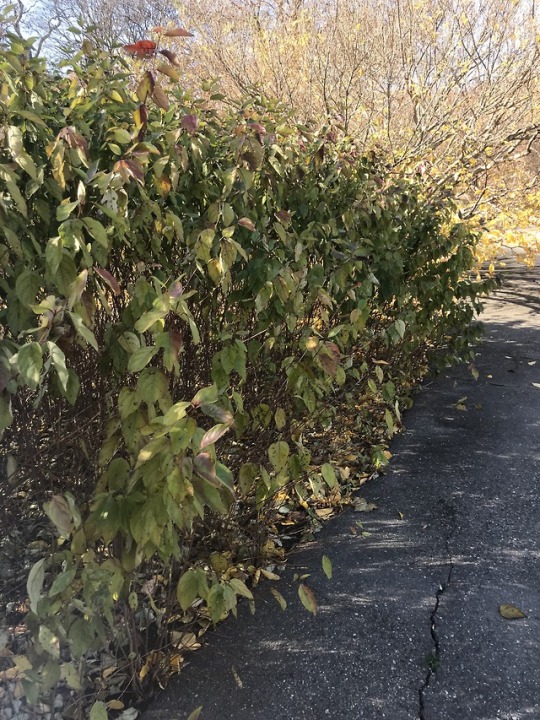

Common Name: Dogwood
Scientific Name: Cornus amomum
Native Region/Country: Eastern North America
Habitat/Preferred Growing Conditions:Rich well-drained soils in acidic woods. An understorey tree in dry deciduous woods
Mature Size: 6-12′ tall, 6-12′ spread
Hardiness Zone: 5-9
Leaf Color: green
Flower: white
Use in Consumer Products: A red dye is obtained from the fibrous root. The peeled twigs are used as toothbrushes, they are good for whitening the teeth. The juice from the twigs preserves and hardens the gums. The twigs can also be chewed to make natural paintbrushes. A black ink can be made from the bark mixed with gum arabic and iron sulphate. The bark is very bitter, could it be used to make an insect or bird repellent. Wood - hard, heavy, strong, close grained, durable, takes a good polish and is extremely shock-resistant. It is used for making wheel hubs, tool handles, the heads of golf clubs, bearings, turnery etc
Sources:
pfaf.org
gobotany.newenglandwild.org
missouribotanical.org
wildflower.org
0 notes
Photo






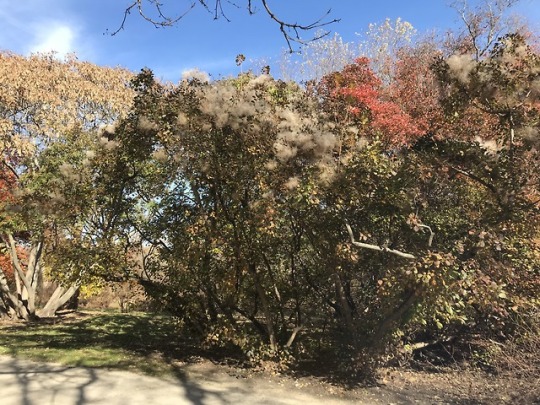


Common Name: Common Smoketree
Scientific Name: Cotinus coggygria
Native Region/Country: Southeastern North America
Habitat/Preferred Growing Conditions: Hillsides; limestone outcrops; rocky woods. Rocky, well-drained, limestone soils, whether sand, loam, or clay.
Mature Size: 20-30′ tall, 20-30′ spread
Hardiness Zone: 4-8
Leaf Color: green
Flower: pink, yellow, purple
Use in Consumer Products: An orange or yellow dye is obtained from the wood. This was extensively used in America at the time of the Civil War, but is little used commercially at present. The wood can be used for fence posts and small items or carvings.
Sources:
pfaf.org
gobotany.newenglandwild.org
missouribotanical.org
wildflower.org
http://arnoldia.arboretum.harvard.edu/pdf/articles/1984-44-2-in-praise-of-the-american-smoke-tree.pdf
1 note
·
View note



